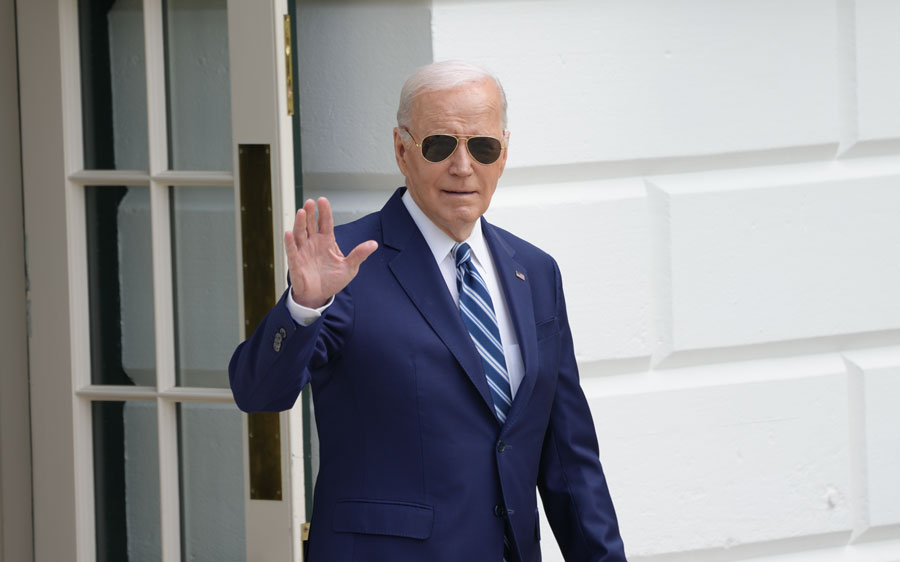
WASHINGTON, D.C. – In his final hours in office, President Joe Biden issued preemptive pardons to several individuals, including Dr. Anthony Fauci, retired General Mark Milley, and members of the House committee that investigated the January 6 Capitol attack. This extraordinary move is aimed at protecting them from potential retribution by the incoming administration of President-elect Donald Trump, who has expressed intentions to prosecute his political opponents.
The pardons extend to high-profile figures who played pivotal roles in Biden’s administration and in investigations surrounding Trump’s alleged misconduct. Among the pardoned are former Representatives Liz Cheney and Adam Kinzinger, Capitol and Metropolitan police officers who testified about the January 6 insurrection, and others involved in the efforts to hold Trump accountable such as Bennie G. Thompson, Zoe Lofgren, Adam B. Schiff, Pete Aguilar, Stephanie N. Murphy, Jamie Raskin, and Elaine G. Luria.
Dr. Anthony Fauci, Biden’s chief medical adviser during the COVID-19 pandemic, faced significant criticism from Trump and his supporters. General Mark Milley, former Chairman of the Joint Chiefs of Staff, was similarly targeted for his comments and actions in the aftermath of the Capitol riot. Milley was also a vocal critic of Trump, notably describing him as a “fascist to the core” prior to the 2024 election.
Biden’s action, though legally permissible under the Constitution, has drawn attention for its unorthodox application. Preemptive pardons are rare and typically reserved for extraordinary circumstances. Historical examples include President Gerald Ford’s pardon of Richard Nixon after Watergate, President George H.W. Bush’s pardon of Iran-Contra officials, and President Jimmy Carter’s blanket pardon of Vietnam War draft dodgers.
While these cases were also controversial, Biden’s broad use of preemptive pardons to protect individuals who have not yet been formally charged or investigated sets a unique precedent. It highlights the presidential pardon’s capacity as a protective mechanism, raising questions about its implications for future administrations and the boundaries of executive power.


